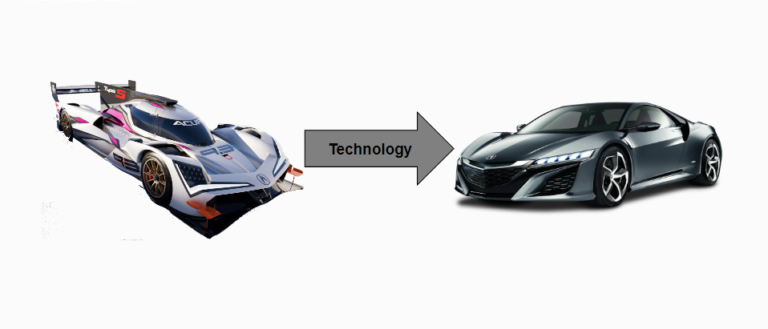Connected and Self-Driving Cars
In the ever-evolving landscape of the automotive industry, four interconnected megatrends are reshaping the way we think about vehicles: vehicle electrification, self-driving cars, vehicle connectivilty and ride sharing. As we hurtle into the future, the race to achieve seamless vehicle connectivity and full automation is on, pushing the boundaries of what was once science fiction….










